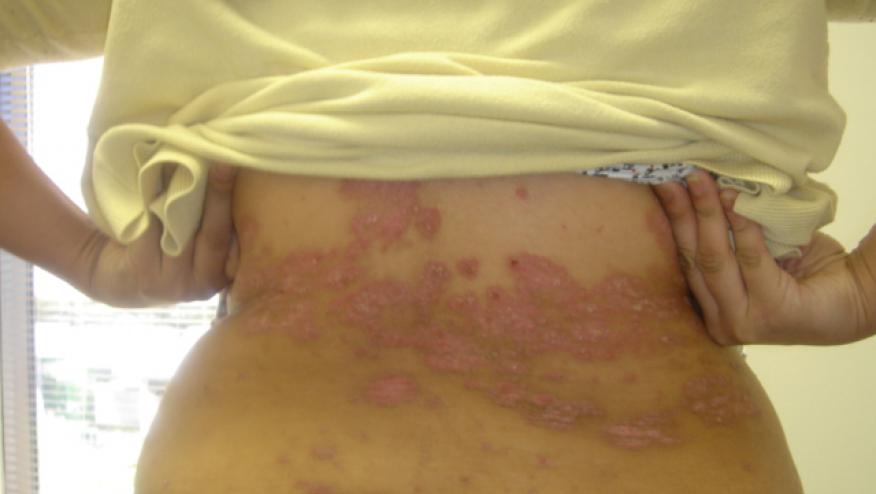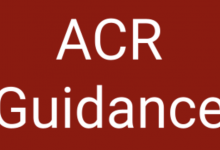Highlights from the 4th World Psoriasis and Psoriatic Arthritis Conference; Stockholm, Sweden July 9-11, 2015 Save

Under the direction of the International Federation of Psoriasis Associations, over 900 dermatologists, rheumatologists, and representatives of patient organizations gathered for 3 days of lectures, abstract presentations, and interactive discussions on psoriasis and psoriatic arthritis. There have been significant recent advances in understanding the immunopathogenesis of these important conditions, which have translated rapidly into tangible benefits in the approach to therapy. Many of these topics were reviewed at the conference.
Dr. James Krueger, of the Rockefeller Institute in New York, reviewed the history of the immunopathogenesis of psoriasis, developments in which have largely tracked progess in understanding of the immune response in general. Previously considered a Th1 biased condition, there is now growing consensus that the IL-23/IL-17 axis appears to be pre-eminent, as has been suggested by gene expression studies, and also proven with highly effective novel targeted therapies. Interestingly, gene expression studies have also shown that in the skin of psoriasis patients with seemingly complete clinical response to therapy, there is still evidence of residual gene expression, consistent with activity of disease. This may have implications as regards optimal therapeutic strategies and treatment paradigms.
Dr. Jonathan Barker, of King’s College in London, reviewed the genetics of psoriasis. Among autoimmune diseases, the strong family history of psoriasis indicates a substantial genetic comtribution. However, only 25% of the genetic contribution to the development of psoriasis has been indentified to date. The strrongest contribution is the class I MHC antigen HLA-Cw6 (PSORS1). Present in 10% of the general population of the UK, about half of the patients with severe psoriasis vulgaris express this allele. While associated with early onset psoriasis vulgaris, and guttate psoriasis, the genetics of other forms, such as palmopustular psoriasis, are distinct (for example, IL-36 and its receptor). In all, there are 5 main pathways that appear to be key as regards genetic risk in psoriasis: a) antigen processing and presentation, b) IL-23 related genes, c) NF-kB related genes, d) genes related to skin barrier function, e) IFN-alpha signalling. Interestingly, perhaps the second most relevant genetic factor after Cw6 is the JAK molecule Tyk-2, highlighting the role of IL-23 and IFN-alpha.
Dr. Luigi Naldi, a dermatoepidemiologist from the University of Milan, reviewed safety issues and pharmacovigilance, an increasingly important topic given the large number of newer therapies being introduced for the treatment of psoriasis and psoriatic arthritis in recent years. He highlighted the importance of longer term data from populations other than those typically enrolled in clinical trials, in order to get a more complete assessment of toxicities, particularly uncommon ones. Illustrative examples in psoriasis include efalizumab, withdrawn from the market due to infectious complications. Interestingly, during the discussion of pharmacovigilance – and also during many other discussions – the issue of biosimilars was raised. A lecture by Dr. Jonathan Kay of the University of Massachusetts provided an update on this important and contentious topic. As this conference was global, it included doctors and patients from several countries where biosimilars are already on the market. From the many questions and comments from the audience, incuding those from both doctors as well as patients, it would be fair to say that there was some apprehension surrounding this topic.
Dr. Christopher Ritchlin from the University of Rochester in New York reviewed updates to the recommendations for psoriatic arthritis treatment, including those from EULAR (European League Against Rheumatism) and GRAPPA (Group for Research and Assessment of Psoriasis and Psoriatic Arthritis). Updates to these recommendations were necessitated by the broad developments in therapies and therapeutic strategies in recent years. Given differences in cultural and pharmacoeconomic considerations across individual countries, recommendations for treatment cannot be “one size fits all”. Nevertheless, the growing body of evidence on treatments and treatment approaches supports additional options for the treatment of diverse domains of psoriatic arthritis. One aspect of this – tight control of disease – was reviewed by Dr. Laura Coates of the University of Leeds, who reviewed data from the TICOPA (Tight Control Of Psoriatic Arthritis) study. Psoriatic arthritis patients who had frequent adjustments of therapy in order to achieve a therapuetic goal of minimal disease activity (MDA) did achieve MDA more often than those treated according to standard treatment in the clinic. The overall implications of this – including in terms of tolerabilty and cost-effectiveness – needs to be further elucidated.










If you are a health practitioner, you may Login/Register to comment.
Due to the nature of these comment forums, only health practitioners are allowed to comment at this time.